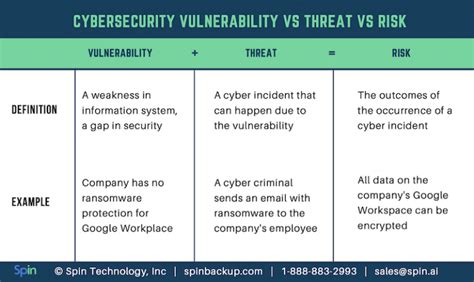
Data analysis is a powerful tool for improving cybersecurity, helping organizations to identify threats and vulnerabilities and to develop more effective defenses. In this article, we’ll explore the role of data analysis in cybersecurity and how it can be used to identify threats and strengthen defenses.
What is Data Analysis in Cybersecurity?
Data analysis in cybersecurity involves using data to gain insights into potential threats and vulnerabilities. This can involve analyzing network traffic, log data, and other security-related data to identify patterns and anomalies that may indicate a security breach or other threat.
By analyzing this data, cybersecurity professionals can gain insights into potential threats and vulnerabilities, identify areas for improvement, and make more informed decisions about security strategy and tactics.
How Data Analysis Improves Cybersecurity
Data analysis can have a range of positive impacts on cybersecurity, including:
- Early Detection of Threats
By analyzing network traffic and log data, cybersecurity professionals can identify potential threats and anomalies that may indicate a security breach. This can enable early detection and intervention, reducing the impact of a security breach.
- Improved Vulnerability Management
Data analysis can also be used to identify vulnerabilities in an organization’s security defenses. By analyzing security-related data, cybersecurity professionals can identify areas where security defenses can be improved, reducing the risk of a security breach.
- Better Incident Response
Data analysis can also help to improve incident response in the event of a security breach. By analyzing security-related data, cybersecurity professionals can identify the scope and impact of a security breach, enabling them to respond more effectively.
How to Use Data Analysis for Cybersecurity
To use data analysis for cybersecurity, organizations need to follow a few key steps:
- Collect Data
The first step in using data analysis for cybersecurity is to collect relevant data. This can include network traffic data, log data, and other security-related data.
- Analyze Data
Once data has been collected, it needs to be analyzed to identify patterns and anomalies that may indicate a security breach or other threat. This can involve using data visualization tools, statistical analysis, and other data analysis techniques.
- Develop Insights
Once data has been analyzed, cybersecurity professionals need to develop insights into potential threats and vulnerabilities. This can involve identifying potential attack vectors, developing threat models, and identifying areas for improvement in security defenses.
- Develop Strategies
Based on insights developed through data analysis, cybersecurity professionals can develop strategies and tactics to strengthen defenses and reduce the risk of a security breach. This can involve implementing stronger access controls, improving network segmentation, and enhancing incident response plans.
Challenges of Data Analysis in Cybersecurity
While data analysis has the potential to improve cybersecurity, there are also challenges that must be addressed. Some of the key challenges of data analysis in cybersecurity include:
- Data Quality
Data quality is a key consideration in data analysis. Security-related data can be complex and may contain errors or inconsistencies that can impact the accuracy of analysis.
- Privacy Concerns
Privacy concerns are also an important consideration in cybersecurity data analysis. Cybersecurity professionals must ensure that they are collecting and analyzing data in a way that respects individuals’ privacy rights.
- Data Integration
Data integration can also be a challenge in cybersecurity data analysis. Security-related data can be stored in a range of different systems and formats, and integrating this data can be complex and time-consuming.
Conclusion
Data analysis is a powerful tool for improving cybersecurity, helping organizations to identify threats and vulnerabilities and to develop more effective defenses. While there are challenges that must be addressed, the potential benefits of data analysis in cybersecurity are significant, including early detection of threats, improved vulnerability management, and better incident response.